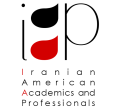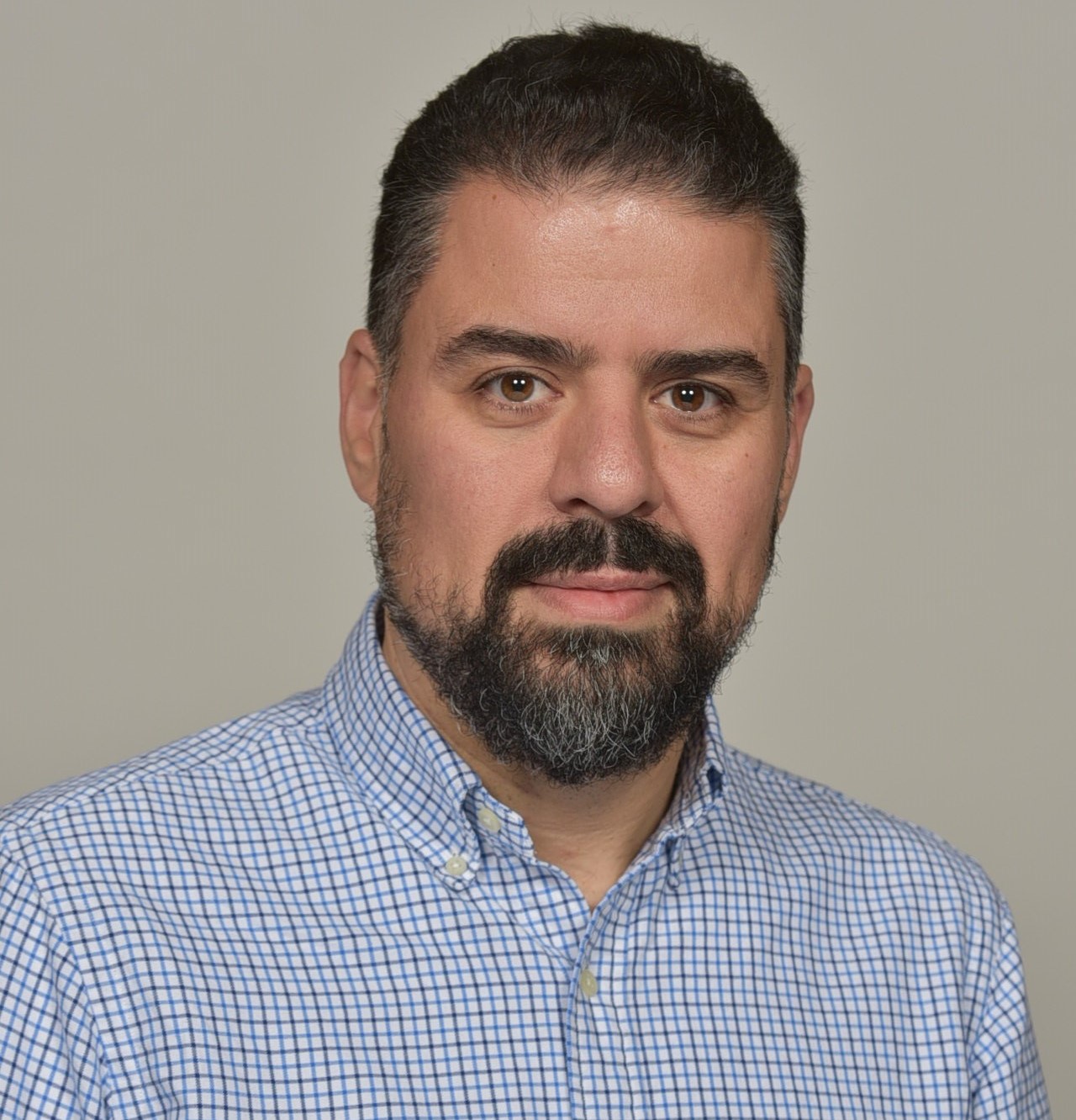When: Thursday, May 4, 2023, at 7:00-9:00 PM Eastern Time
Where:
George Mason University, 3351 Fairfax Dr, Arlington, VA 22201
(Van Metre Hall, 121, classroom (BC))
Parking: Washington Blvd
https://maps.app.goo.gl/Je5c2saUHSM3uZ3a8
Speaker: Mohammad Ghaedi, PhD
Synopsis:
Political psychology is an interdisciplinary field that utilizes theories and methods from psychology and political science to investigate various political phenomena. Some of the topics explored in this field include the psychology of nationalism, racism, terrorism, genocide, ethnic conflict, social movements, media, elections, and voting behavior. Political psychology also investigates how cognitive processes, emotions, social identity, and groups, among other factors, influence political behavior. In this talk, Dr. Ghaedi explores the theories, topics, methods, and applications of political psychology, with a particular focus on the psychological analysis of political leaders and their leadership styles. He discusses various techniques used by political psychologists to explain and predict the behavior of political leaders, with a specific emphasis on Leadership Trait Analysis. The talk also includes examples from relevant research in the field.
About the Speaker:
Dr. Mohammad Ghaedi is an accomplished young faculty with an interdisciplinary academic background in Political Psychology, Political Science, and International Relations. Before being graduated with a Doctor in Philosophy in Political Science, with a focus on Political Psychology and International Relations, from Washington State University (WSU), he enriched his education with the following 3 Master’s degrees: 1) Political Science and Government, 2) International Relations and 3) Political Psychology. Dr. Ghaedi’s impressive teaching portfolio includes courses in Political Psychology, Political Violence, and United States Foreign Relations at WSU. He served as a visiting scholar at the prestigious Carter School for Peace and Conflict Resolution at George Mason University, where he conducted research on narrative in politics and conflict. His scholarly works have been featured in the renowned journal, Peace and Conflict: Journal of Peace Psychology, which is an esteemed publication of the American Psychological Association. Currently, he serves as a professorial lecturer at George Washington University, where he shares his knowledge and expertise with aspiring students. Thanks to his academic accomplishment in the field of Political Psychology, Dr. Ghaedi was elected as a board member of the Political Psychology Committee of the Iranian Political Science Association. In recent years, he has organized and hosted lecture series on political psychology, highlighting his commitment to sharing knowledge and advancing the field.


